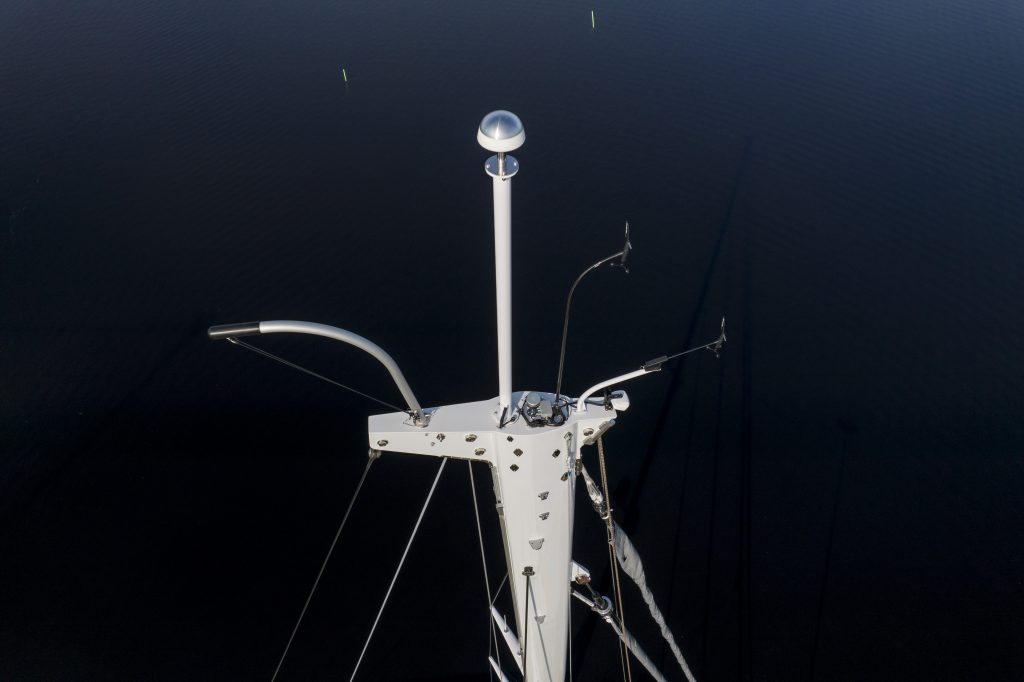
When lightning strikes a yacht there can be no end to the amount of damage it could cause. Not only is dangerous for those on board, many owners have to cope with a lost season, and maybe the loss of charter income while electronic equipment is being repaired. Then there is the lasting feeling of insecurity. So it pays to take precautions and the Marine DDCE from ELNA in Germany is one new remedy

During a thunderstorm, a potential difference is created between the clouds, which are usually negatively charged in a thunderstorm, and the positively charged earth. At certain points, this can lead to an increase in charge concentrations. In these strong electrical voltage fields between clouds and earth, lightning finally discharges. In the process, negative charge carriers first migrate towards the ground in the so-called conductive lightning and prepare an ionised channel through which the current can finally flow. At the same time, the ground under the thunderstorm becomes positively charged.
At exposed locations such as church steeples – or the masts of sailing yachts or equipment carriers of motor yachts – the electric field is particularly large. From such places, a positive charge – also called an upward streamer – can go towards the leading lightning and closes the lightning channel so that the main discharge can follow. This usually consists of several individual discharges and can reach a current strength of 100,000 amperes.
For several years now, damage caused by lightning strikes on yachts has been increasing. Reported incidents, including total losses, have tripled and experts expect the numbers to continue to rise.

The Marine DDCE system, is manufactured by Dinnteco in Spain and distributed exclusively throughout Europe by ELNA, prevents the occurrence of lightning within a protective radius of up to 100 metres by means of a patented system. This means that the so-called upward streamer, which is necessary for the main discharge, can no longer occur. This reliably prevents direct lightning strikes to the yacht to be protected. The unit only requires sufficient earthing, no power supply is necessary.
The system has recently been installed on a Swan 115, a Baltic 146 and a 43-metre superyacht from Royal Huisman. With a weight starting at 2.45 kilograms, the device made of stainless steel can also be easily installed on sailing yachts from approx. 45 feet.

Pantaenius’ yacht insurance specialists have welcomed the new offering. “Incidents of lightning strikes on yachts have increased sharply in recent years,” knows Holger Flindt, Head of Claims at Pantaenius. “Not always but very often a direct or indirect lightning strike means a considerable danger for people and material. In such a case, a properly installed lightning protection system such as the DDCE system not only protects against damage and injury, but also against any excess in the event of a claim.”
The lightning protection system is suitable for any size of yacht and will be displayed on the Pantaenius stand at the Cannes Yachting Festival (QSP134) and at the Monaco Yacht Show (QH1).
Visitors to the Monaco show can also see an installed unit onboard the brand-new Baltic 146 Path, moored directly opposite the Yacht Club during the Monaco Yacht Show.
